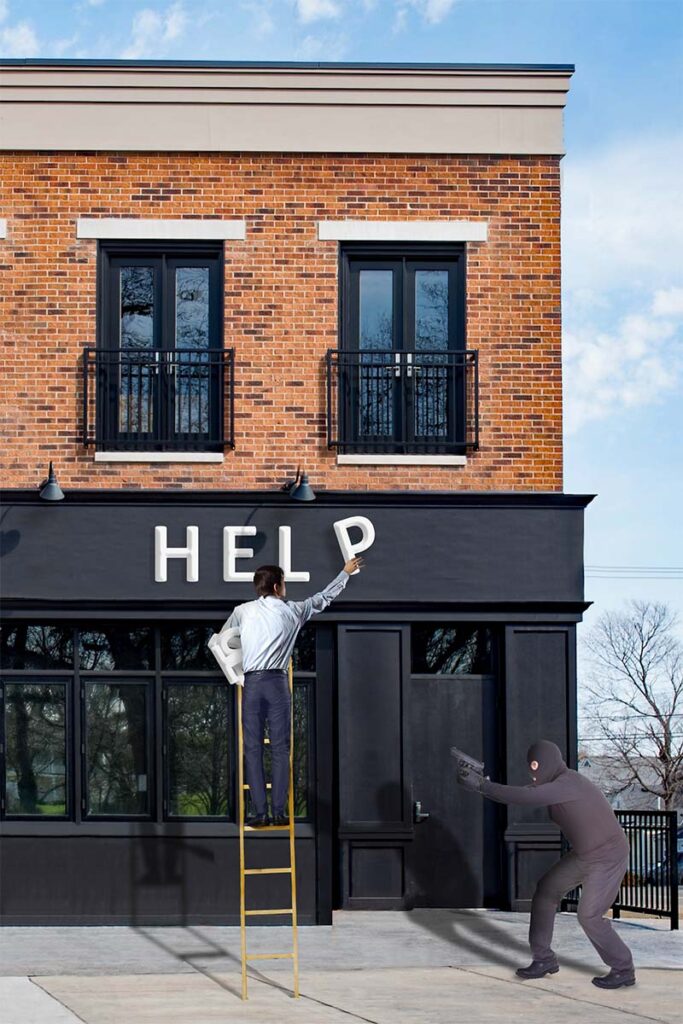Apparently there’s such a thing as cryptocurrency. I say “apparently” because I’ve never seen any or held any in my hand — doing so is impossible, because cryptocurrency is perceptible only as numbers on a screen. Cryptocurrency appears to be predicated on the idea that anything of which there is a limited supply has value, but in this case, the thing of which there is a limited supply is nothing.
As I understand it, the original idea behind Bitcoin, the first cryptocurrency, was a noble one. Standard currency has value because it’s backed by large institutions, such as governments and corporations, in which we’ve traditionally had faith. As we’ve come to trust these institutions less and less (mostly for good reasons), the aim was to devise a medium of exchange that was independent of any corporate or political entity — in other words, a currency that backs itself. (This independence is underpinned technologically by something called the blockchain, which, fortunately, no user of cryptocurrency is required to understand.)
Contrary to their inventors’ intentions, Bitcoin and its crypto-brethren — perhaps because of their lack of ties to stable institutions — have turned out to be wildly volatile, gaining and losing value unpredictably. As a result, they’ve become virtually unusable as an everyday medium of exchange, and instead have become instruments for investment, like stocks or bonds. Unlike stocks or bonds, however, they do nothing to support anything constructive in the real world.
Why am I blabbering on about cryptocurrency, instead of the personal experiences that usually form the core of this blog? It’s because I’ve lately come to realize that personal experiences are, in themselves, a form of cryptocurrency. It’s because after the moment when they happen, those experiences exist only in the form of memories, which — although they may be in limited supply — are essentially nothing.
I, like you, have a reserve of memories locked up in the Fort Knox of my brain. Some of them — the ones from which I can learn lessons — are useful, and those are the ones that I generally write about here. But there are others, equally vivid, that serve no purpose whatever: The smell of the melted-cheese sandwich my mother made in the toaster oven. The colors of the striped polo shirt that I glanced down at while running out the door into my front yard. The feeling of exhilaration I experienced the first time I managed to ride a bicycle without training wheels. The helplessness I felt when my father was mowing the lawn outside while my mother was vacuuming the carpet inside, leaving me no place to go to escape those terrifyingly loud machines.
Memories like those are unsubstantial — they exist (if “exist” is even the right word) only in my head. None of them can be substantiated by anyone other than myself. (For all I know, I might have invented them.) If a solar flare were to suddenly erase all of the hard drives on earth, cryptocurrencies — and any wealth that they embody — would disappear; similarly, when I die and my brain activity comes to an end, my memories will vanish just as completely.
And yet, for no rational reason I can think of, those memories have value to me. I embrace them and caress them, just like the hoarded coins I used to fondle when I was a child. I work each day to make more memories, just as so many of us work to make more money. Why?
I’ve never invested in cryptocurrency, but clearly I’ve invested in memories, which are just as ephemeral. Debra and I are preparing to take a long, expensive European vacation — and what is that if not an investment whose hoped-for return will be added to my mental Fort Knox?
The best spiritual teachings tell us that there is no past and there is no future; all that exists is the present moment. Life, properly lived, is an ongoing succession of present moments, experienced for what they are, with no preconceptions or expectations. Like most flawed humans, I haven’t achieved the ability to experience my life in that way — the best I can hope for is an occasional flash of insight, a fleeting fraction of a second when I can see things as they are. For the rest of the time, I have memories in the bank.





Recent Comments